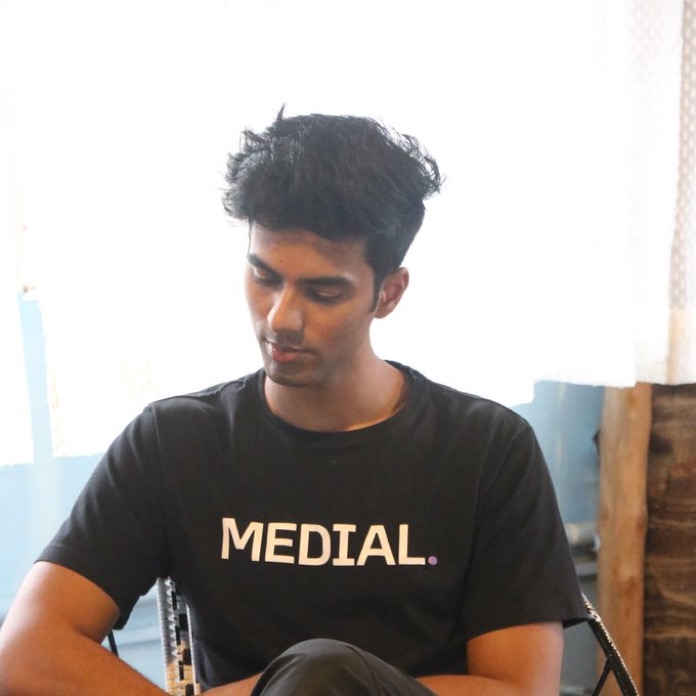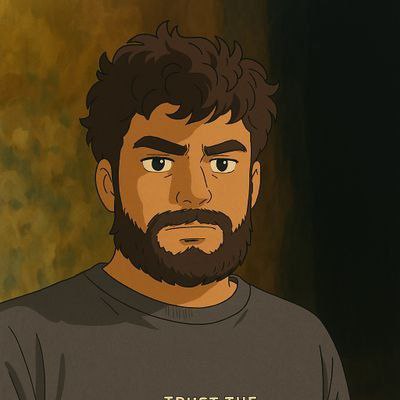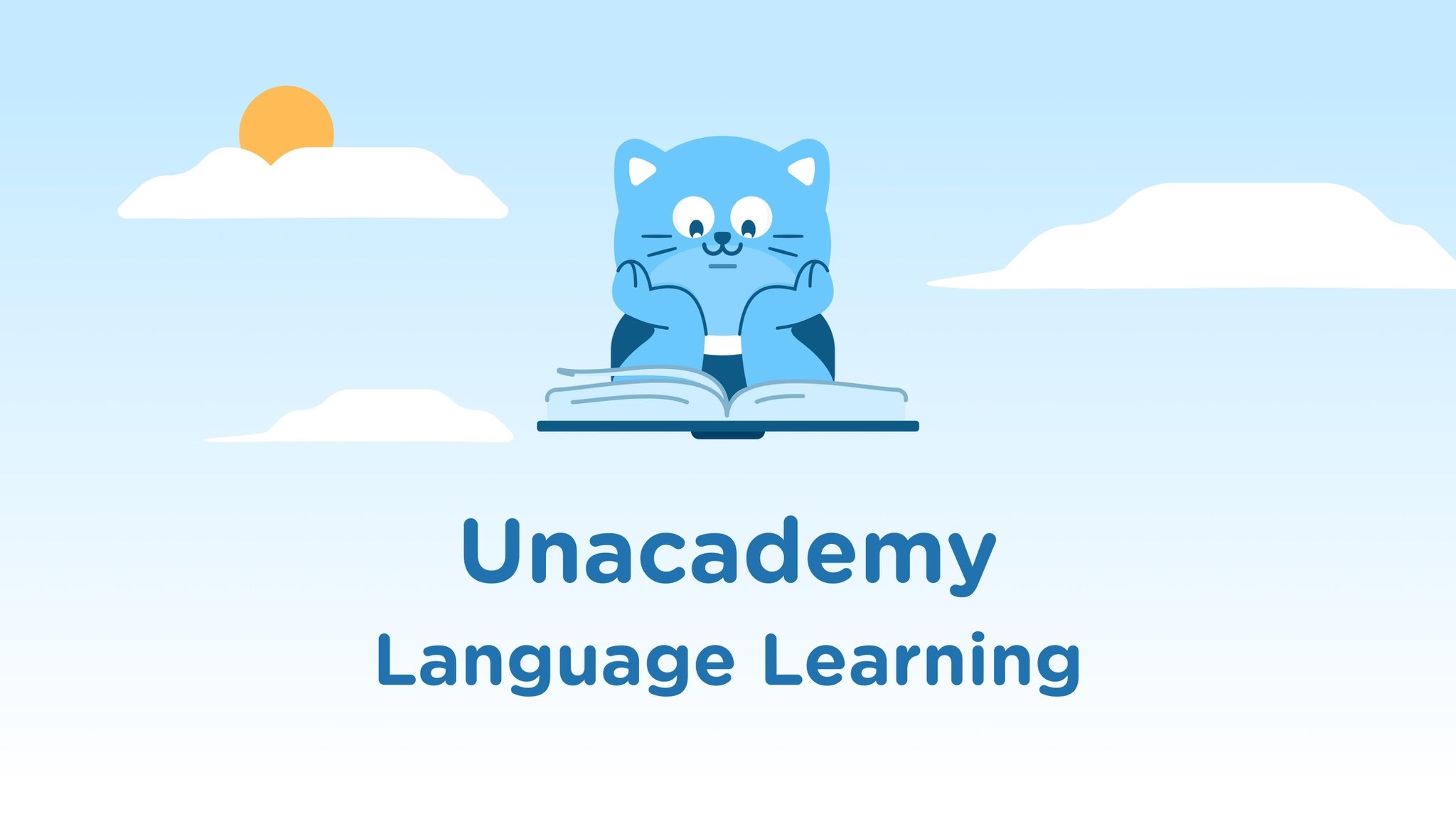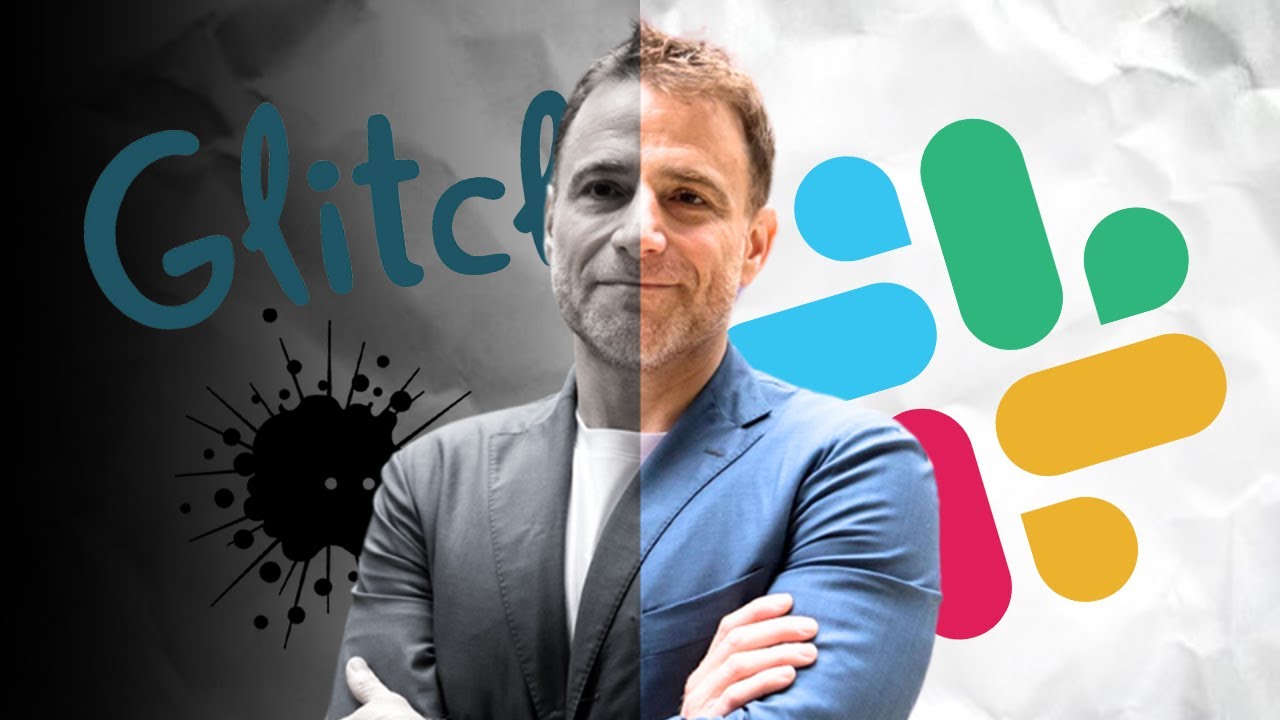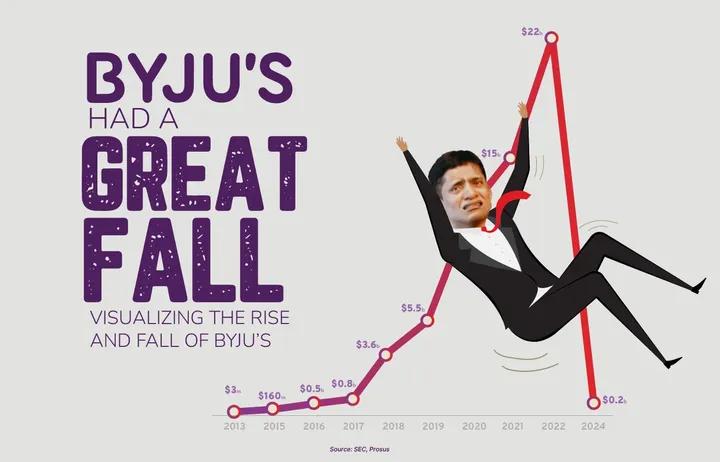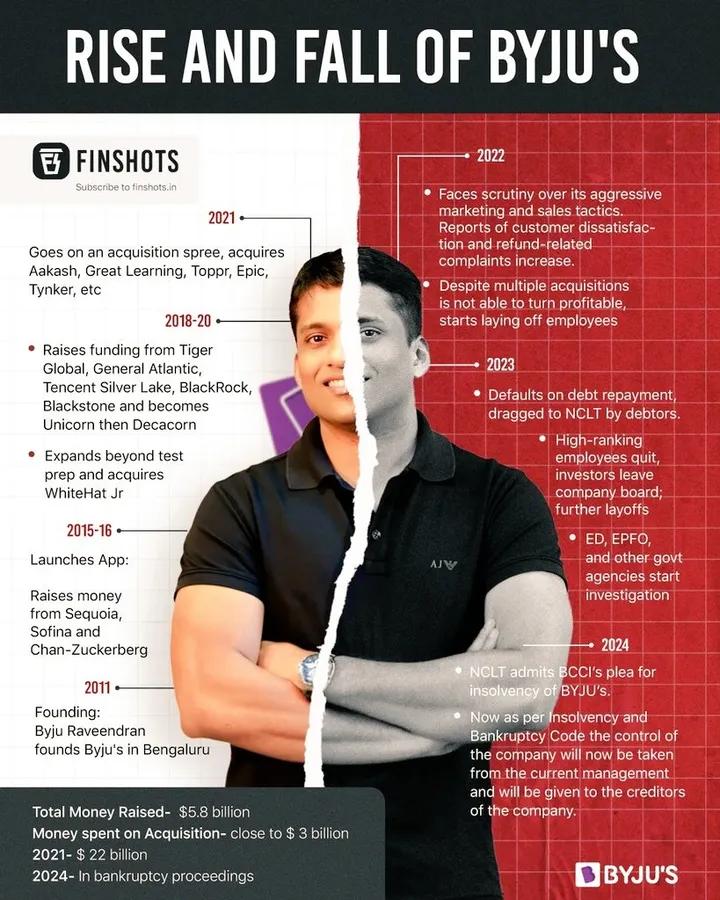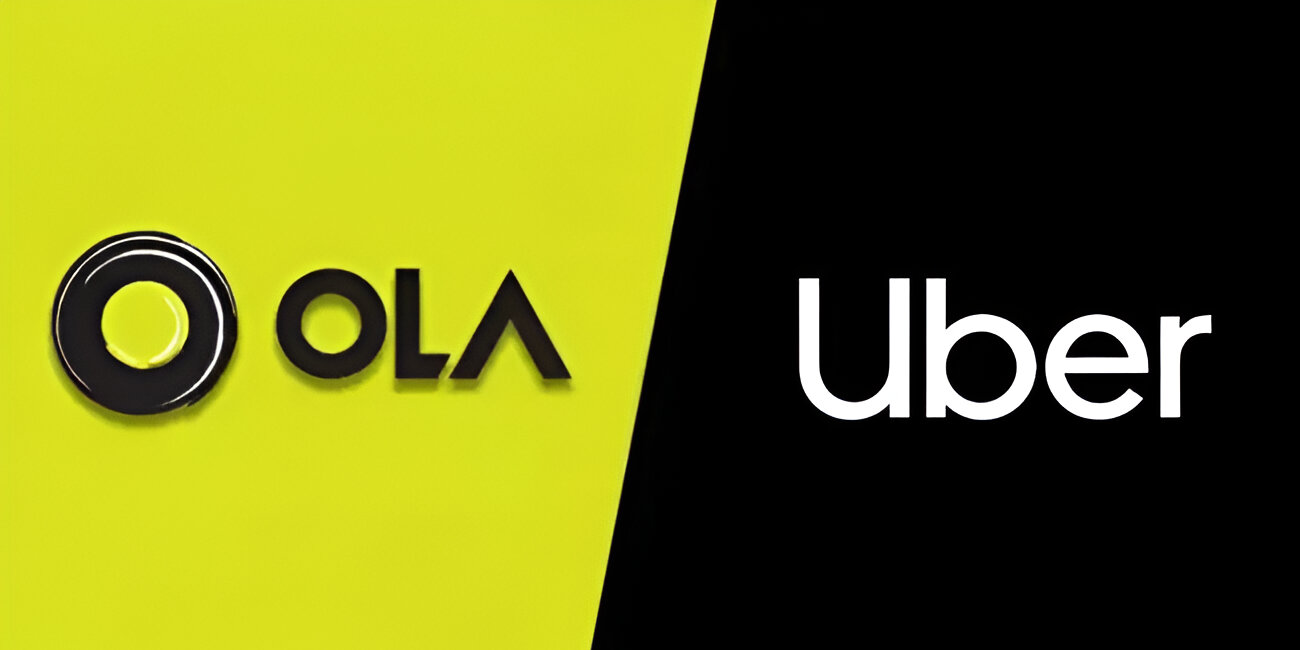Back
Vishu Bheda
•
Medial • 10m
𝗗𝗮𝘆 𝟱 𝗼𝗳 𝗧𝗵𝗲 𝗜𝗻𝗱𝗶𝗮𝗻 𝗦𝘁𝗮𝗿𝘁𝘂𝗽 𝗪𝗮𝗿 𝗦𝘁𝗼𝗿𝗶𝗲𝘀: 𝗕𝘆𝗷𝘂’𝘀 𝘃𝘀. 𝗨𝗻𝗮𝗰𝗮𝗱𝗲𝗺𝘆 – 𝗧𝗵𝗲 𝗘𝗱𝘁𝗲𝗰𝗵 𝗕𝗮𝘁𝘁𝗹𝗲𝗳𝗶𝗲𝗹𝗱 𝟮𝟬𝟭𝟱 – 𝗧𝗵𝗲 𝗕𝗲𝗴𝗶𝗻𝗻𝗶𝗻𝗴 𝗼𝗳 𝗜𝗻𝗱𝗶𝗮’𝘀 𝗘𝗱𝘁𝗲𝗰𝗵 𝗥𝗲𝘃𝗼𝗹𝘂𝘁𝗶𝗼𝗻 For generations, education in India meant classrooms, blackboards, and endless coaching classes. Students spent years preparing for JEE, NEET, UPSC, and CAT, attending expensive coaching centers in Kota, Delhi, and Hyderabad. But in 2015, a new battlefield emerged—digital learning. Two startups took center stage: Byju’s – A premium, high-production video learning platform. Unacademy – A disruptive, open-access platform that democratized learning. Both wanted to change how India learned. But only one could dominate. --- 𝗕𝘆𝗷𝘂’𝘀 – 𝗧𝗵𝗲 𝗚𝗶𝗮𝗻𝘁 𝗧𝗵𝗮𝘁 𝗖𝗼𝗻𝗾𝘂𝗲𝗿𝗲𝗱 𝗙𝗶𝗿𝘀𝘁 Byju Raveendran, a former teacher, saw an opportunity. He launched Byju’s – The Learning App, using slick animations and engaging content to simplify complex concepts. Byju’s had one big advantage—money. It raised billions from investors like Sequoia, Tiger Global, and Tencent. It acquired companies like Aakash, WhiteHat Jr, and Great Learning. It built an aggressive sales force to push subscriptions. By 2020, Byju’s was the world’s most valuable edtech startup. But while Byju’s focused on expansion, a challenger was rising. --- 𝗨𝗻𝗮𝗰𝗮𝗱𝗲𝗺𝘆 – 𝗧𝗵𝗲 𝗨𝗻𝗱𝗲𝗿𝗱𝗼𝗴 𝗧𝗵𝗮𝘁 𝗙𝗼𝘂𝗴𝗵𝘁 𝗕𝗮𝗰𝗸 Unacademy had a different approach—free content first, monetization later. It started with YouTube videos, attracting millions of students. It built a network of India’s best educators, many of whom had massive followings. It launched Unacademy Plus—live, interactive courses at affordable rates. Unacademy wasn’t just a learning app—it became a movement. Students loved the open-access model. By 2020, it had millions of users and strong brand loyalty. --- 𝟮𝟬𝟮𝟬 – 𝗧𝗵𝗲 𝗣𝗮𝗻𝗱𝗲𝗺𝗶𝗰 𝗧𝗵𝗮𝘁 𝗖𝗵𝗮𝗻𝗴𝗲𝗱 𝗘𝘃𝗲𝗿𝘆𝘁𝗵𝗶𝗻𝗴 Then came COVID-19. Schools shut down. Coaching centers closed. Education moved 100% online. This was the moment edtech exploded. Byju’s doubled down on aggressive sales, pushing parents to buy costly subscriptions. Unacademy recruited top-tier teachers, expanding rapidly into new categories. Both raised hundreds of millions in funding. By 2021, the war was at its peak. But cracks were starting to show. --- 𝟮𝟬𝟮𝟮-𝟮𝟰 – 𝗧𝗵𝗲 𝗘𝗱𝘁𝗲𝗰𝗵 𝗖𝗿𝗮𝘀𝗵 As the world reopened, students returned to schools and offline coaching. The result? The edtech bubble burst. Byju’s faced lawsuits, mass layoffs, investor exits, and financial troubles. Unacademy shut down several divisions and struggled to sustain its cash burn. The battlefield had shifted. Survival was the new game. --- 𝗧𝗵𝗲 𝗙𝘂𝘁𝘂𝗿𝗲 – 𝗪𝗵𝗼 𝗪𝗶𝗹𝗹 𝗪𝗶𝗻? Byju’s still has brand power but is drowning in debt. Unacademy is pivoting towards offline coaching centers. New disruptors like PhysicsWallah are capturing the budget-conscious market. The war isn’t over—it’s just moving to a new battleground: Hybrid Learning. The real fight is just beginning. --- This was just Day 5. Tomorrow, we uncover Zepto vs. Blinkit – The 10-Minute Delivery Bloodbath. 𝗙𝗼𝗹𝗹𝗼𝘄 Vishu Bheda 𝗻𝗼𝘄—𝗯𝗲𝗰𝗮𝘂𝘀𝗲 𝘁𝗵𝗲 𝗯𝗶𝗴𝗴𝗲𝘀𝘁 𝗯𝗮𝘁𝘁𝗹𝗲𝘀 𝗮𝗿𝗲 𝘀𝘁𝗶𝗹𝗹 𝗮𝗵𝗲𝗮𝗱.
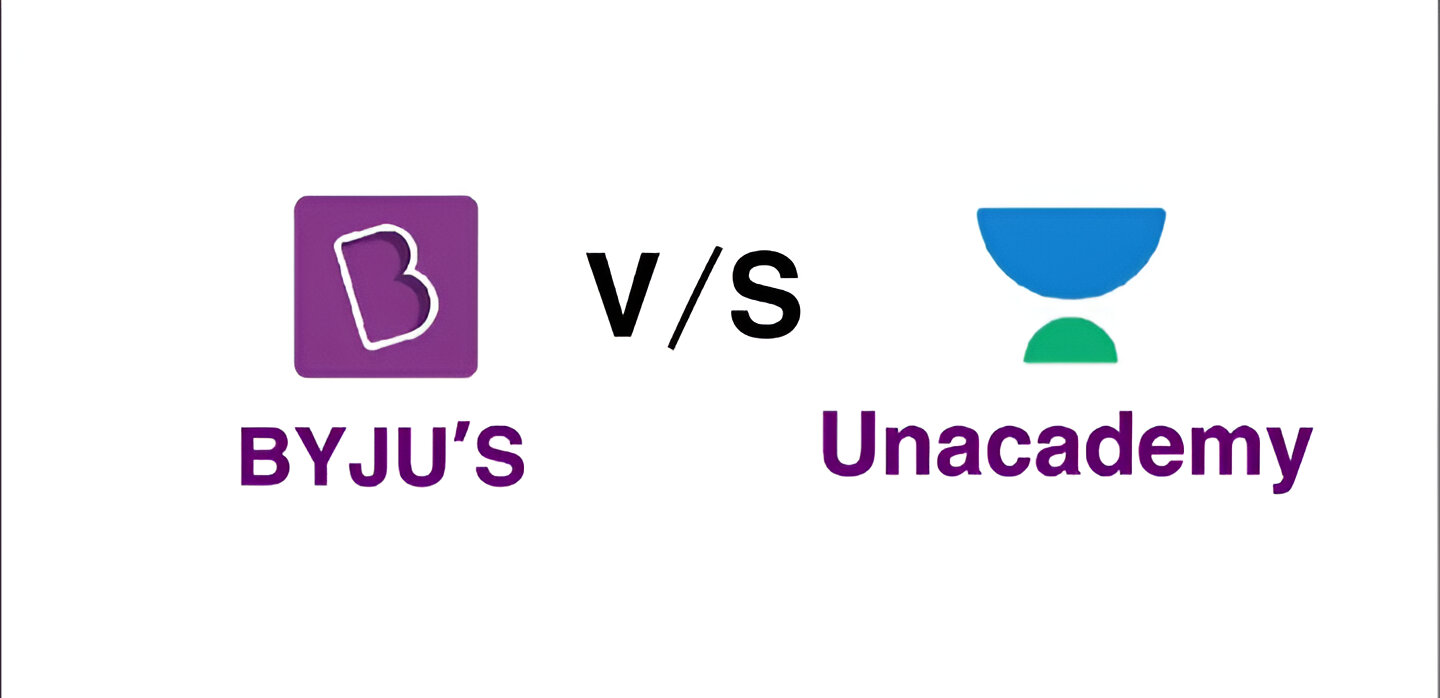
Replies (2)
More like this
Recommendations from Medial
Swapnil gupta
Founder startupsunio... • 6m
💰How unacademy makea money (Full breakdown) - 1. Subscription Plans- Unacademy Plus: This is the main subscription service, offering access to live classes, recorded sessions, test series, and performance analytics. Subscription prices range
See More
Nareshcreates
Logo & Brand Identit... • 7m
Just completed this brand identity for MALLUABLE – Life Coaching, and it feels like a big milestone for me. The concept is built around transformation — represented by a butterfly, which symbolizes growth, healing, and self-discovery. Every part of
See More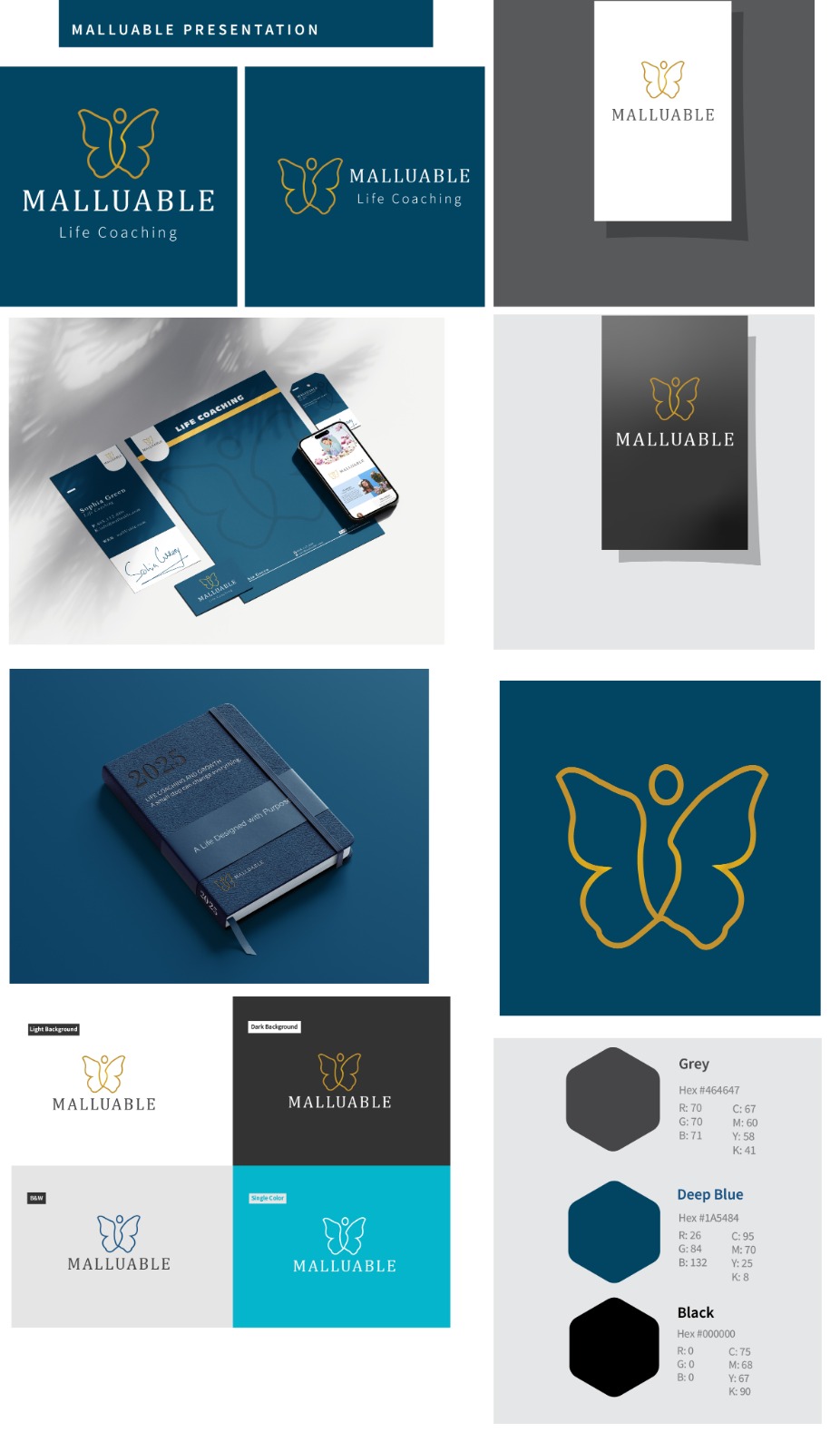

Download the medial app to read full posts, comements and news.





